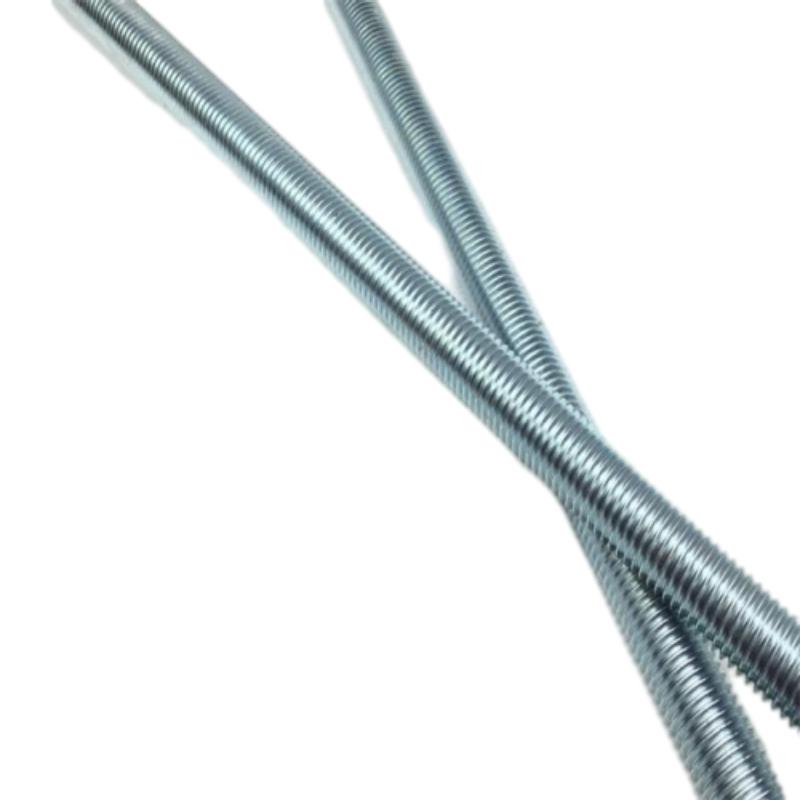Jul . 28, 2024 10:21 Back to list
Understanding the Applications and Benefits of Continuous Threaded Rods in Various Industries
Understanding Continuous Threaded Rods Applications and Benefits
Continuous threaded rods are essential components in various engineering and construction applications, serving as vital connectors, supports, and fasteners in a myriad of structures. By definition, a continuous threaded rod is a long, cylindrical bar made from a material such as steel, aluminum, or plastic, featuring threads running along its entire length. These rods are integral in providing strength and stability in both temporary and permanent applications.
Design and Manufacturing
The design of continuous threaded rods allows for versatile applications, from joining two or more components together to serving as anchor points in structural settings. The manufacturing process typically involves processes such as machining, rolling, or casting, followed by specialized treatments to enhance their strength and corrosion resistance. The threading can either be standard or custom-made, depending on the application requirements.
Key Applications
1. Construction and Building In construction, continuous threaded rods are extensively used to bolster structural integrity. They are often used in tensioning applications, like securing precast concrete elements or attaching wall panels. Their ability to effectively distribute loads makes them ideal for structural reinforcement.
2. Mechanical Assemblies In machinery, these rods serve as connections between moving parts and are critical in the assembly of various devices and hydraulic systems. They can accommodate significant weight and pressure, making them indispensable in equipment that relies on secure fastening.
3. Infrastructure Continuous threaded rods play a vital role in infrastructure projects. They are used to anchor bridges, secure road signs, and stabilize rebar in various concrete applications. This versatility supports the integrity and safety of critical transportation networks.
4. Industrial Applications In industries like manufacturing and automotive, these rods are common in assembly lines, storage racks, and conveyor systems. Their adaptability allows for easy modifications and replacements, ensuring ongoing efficiency in production environments.
continuous threaded rod

Benefits of Continuous Threaded Rods
The advantages of using continuous threaded rods are numerous, contributing to their widespread usability
- Strength and Durability Made from robust materials, threaded rods can withstand heavy loads and are resistant to wear and tear. This durability extends their life span and decreases the need for frequent replacements.
- Versatility The ability to cut threaded rods to varying lengths means they can be customized to fit any project requirement. This flexibility simplifies the design processes in construction and machinery.
- Ease of Installation Continuous threaded rods can be quickly installed and removed using standard tools, allowing for efficient assembly and disassembly. This is particularly advantageous in dynamic environments where changes may need to be made frequently.
- Cost-Effectiveness Their long-term durability reduces maintenance and replacement costs, making continuous threaded rods an economically viable option for businesses and contractors alike.
Conclusion
In summary, continuous threaded rods are indispensable elements found across various sectors, including construction, manufacturing, and infrastructure. Their unique properties of strength, versatility, and ease of use allow them to meet the diverse demands of modern engineering and design. As technology and materials continue to advance, the role of these threaded rods will likely expand, further solidifying their importance in both current and future applications. Understanding their benefits and applications can help industries make informed decisions that enhance structural reliability and operational efficiency.


